
By Dave Arscott
Earlier this year I attended a demonstration to learn about the use of hemp fiber in construction and insulation. At this event, it became even more evident to me that there is real potential for widespread hemp production across the U.S., particularly as interest in locally grown and manufactured products increases and we invest in the infrastructure needed to process raw materials into usable products.
As hemp production expands, there will be a critical need to better understand the environmental benefits (and risks) to water quality and quantity in our nation’s stream, rivers, and groundwater systems. In recognition of this, Stroud Water Research Center has launched a collaborative project to study the cultivation, soil health and environmental impact, and manufacturing of industrial hemp fiber.
Rapid Growth in Domestic Hemp Production
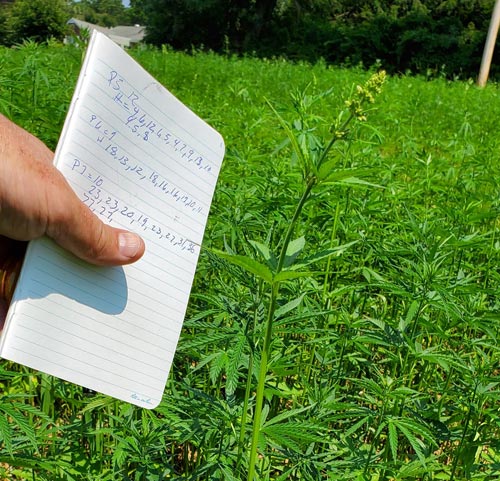
The Agricultural Act of 2014 opened up domestic hemp production, through state-controlled pilot programs, for the first time since 1937. Between 2014 and 2019, hemp as a crop increased from zero to nearly 150,000 acres across the United States1. The growth in domestic hemp production is related to farmer interest and new marketplace demand for hemp products, with most of the demand and processing infrastructure focused on hemp oil production or CBD oil.
As of June 2020, industrial hemp farming is legal in every state with the exception of Idaho and Mississippi. In Pennsylvania, growers still need a permit from the Department of Agriculture and must have all hemp crops tested to ensure that the tetrahydrocannabinol (THC) content is below regulatory limits.
A Collaborative Project is Launched
The Stroud Center’s partners in the new project are Meadow Springs Farm-Hicks Brothers, LLC, Hemp-Alternative LLC, and Jefferson University’s Kanbar College of Design, Engineering & Commerce to study the cultivation, soil health and environmental impact, and manufacturing of industrial hemp fiber. The team hopes to secure funding to continue this work over the next three to five years.
- Hemp-Alternative is overseeing project management, investigating the potential for hemp use in bioremediation, and research and development of marketplace endpoints that may drive domestic demand for hemp fiber.
- Hicks Brothers is tackling the farming and field maintenance aspects of hemp fiber on a four-acre plot dedicated to the study by the Stroud Center.
- Researchers at Jefferson University are exploring hemp textile production and engineering.
- The Stroud Center is measuring physical and biogeochemical soil characteristics, plant growth and nutrient content, and rainwater infiltration (among other measures).
The Stroud Center’s hemp research is just beginning, but we see some urgency to better understand how the widespread adoption of this crop may affect our landscapes, particularly the impact or benefit for water quality and quantity in our freshwater ecosystems that are an integral part of the agricultural landscape.
There is so much to learn and it’s all very exciting, because it all ties into improving our streams, rivers, and groundwater.
Scenes From Our First Crop
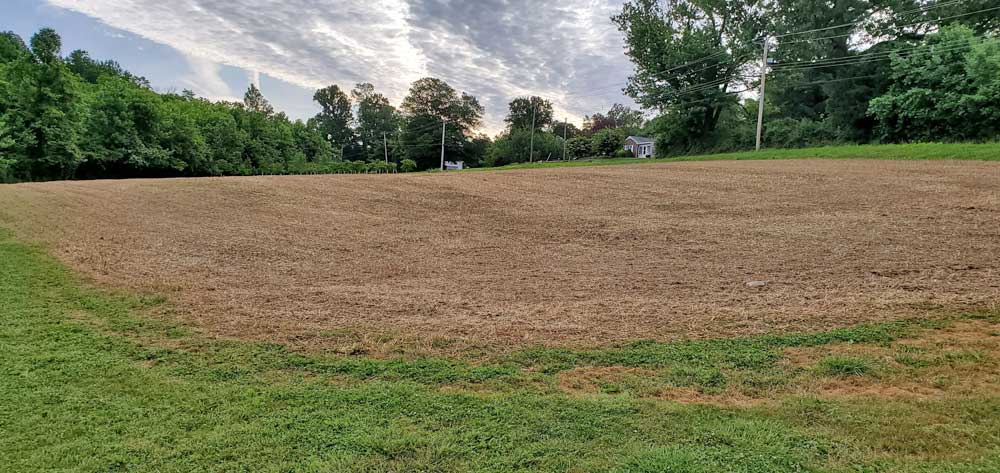
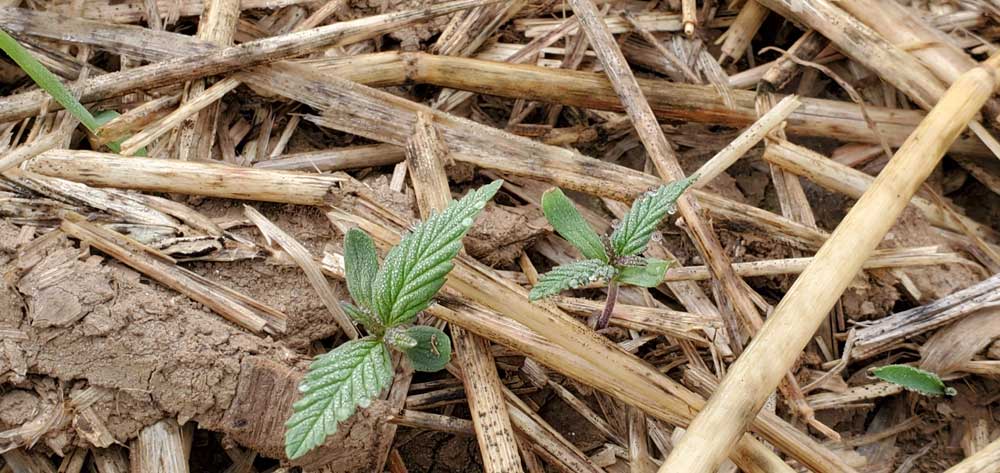
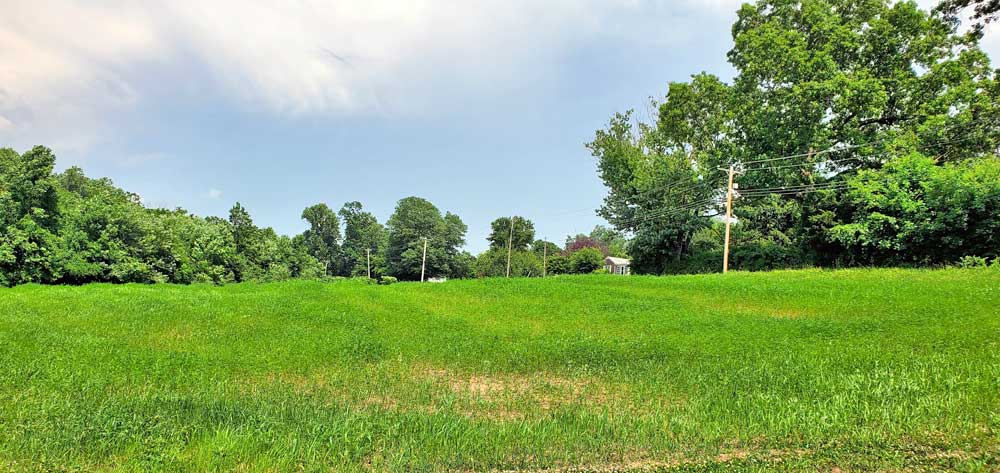
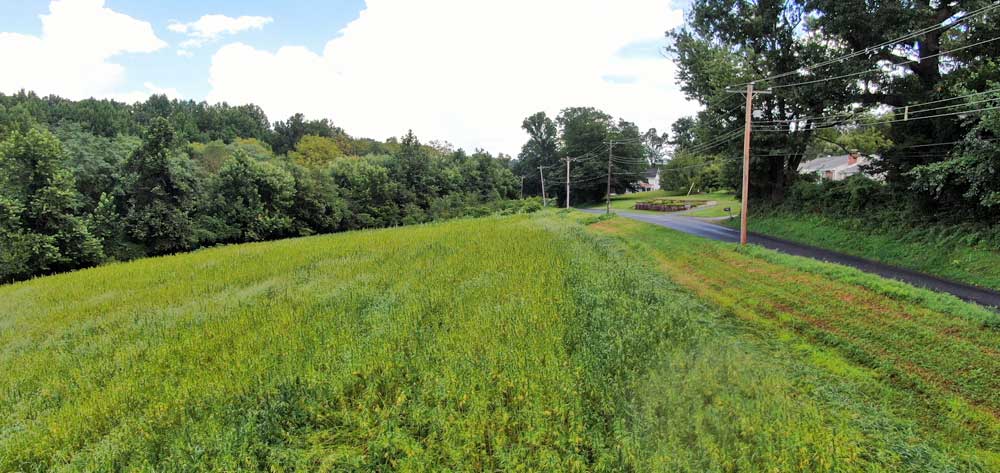
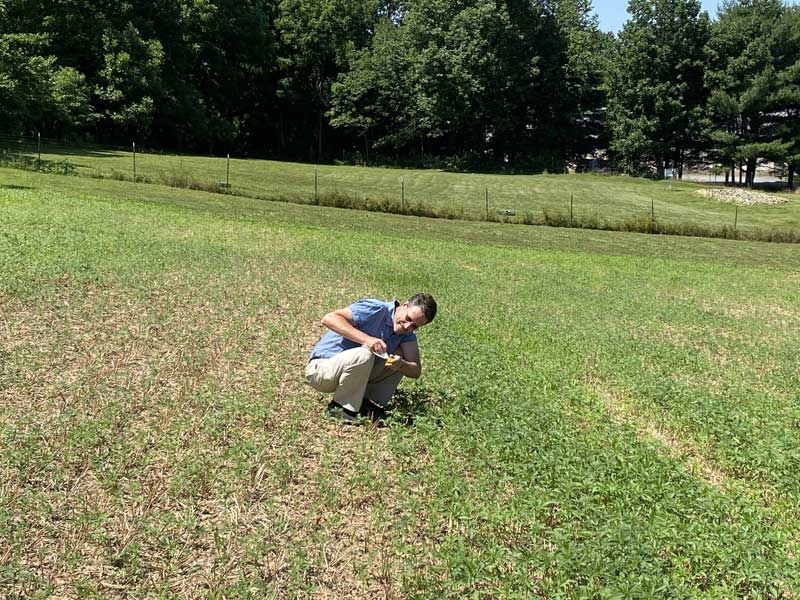
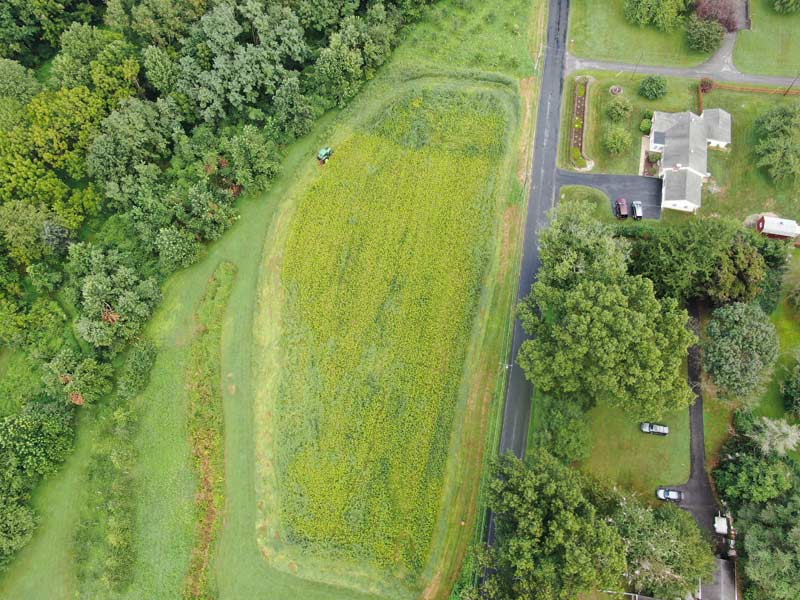
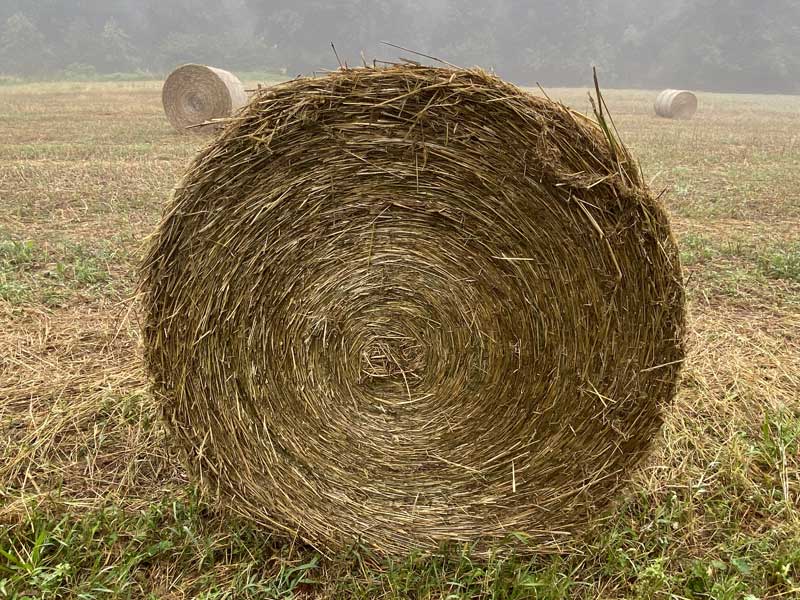
Learn More About Hemp
What is Hemp Fiber?
The hemp plant is a genetically distinct variety of the same species of plant referred to as marijuana, Cannabis sativa L. The specific variety of hemp differs from marijuana in chemical composition, its cultivation, and its commercial/industrial use2. The statutory definition of the hemp variety of Cannabis sativa is: “the plant Cannabis sativa L. and any part of that plant, including the seeds thereof and all derivatives, extracts, cannabinoids, isomers, acids, salts, and salts of isomers, whether growing or not, with a delta-9 tetrahydrocannabinol [delta-9 THC] concentration of not more than 0.3 percent on a dry weight basis.” THC is the psychoactive compound found in marijuana at levels higher than 0.3 percent. Therefore, hemp varieties are not psychoactive. Hemp fiber varieties also have different stem characteristics that allow them to direct more energy into the production of bark fiber.
What is Hemp Used For?
Most of the acres of U.S. domestic industrial hemp are grown for hemp seed oil production or CBD oil (cannabidiol, which is derived from cannabis or hemp flowers) and hemp “meal” (sprouted seeds that are sold as food additive/topping; e.g., on salads or in smoothies). The hemp fiber market in the U.S. is still developing, but worldwide, the top commercial/industrial uses for hemp fiber are3: (1) textiles/clothes, (2) as building materials (most frequently as insulation), (3) material for shoes, (4) paper, and (5) ropes and cords.
What Are the Environmental Benefits of Hemp Cultivation?
Many research studies have shown that farming of industrial hemp can improve aspects of soil health, reduce the need for synthetic pesticides, reduce irrigation needs, and may reduce the need for fertilization. Almost all varieties of hemp are naturally resistant to insect pests and predators, reducing the need for insecticide applications. Hemp is also known to be more tolerant to weather extremes, both drought and very wet conditions (although some have suggested that hemp is not as drought tolerant as once thought4). This resiliency is likely related to rooting structure, the hemp plant has a tap root that has been observed to extend up to 3-feet deep under certain conditions and soils5, which enables it to find nutrients and water from deeper soil profiles. Deep rooting plants typically help improve soil conditions for water infiltration and other soil tilth characteristics (moisture content, aeration, soil biota, and formation and stability of aggregated soil particles). The hemp root may also produce certain compounds known to increase soil microbial diversity, which may ultimately improve soil health. Hemp can also be used as a “cover crop” and has many benefits beyond typical cover crops6.
The hemp plant, like all plants, extracts carbon dioxide out of the atmosphere through photosynthesis, but hemp is better at this than many other crops. It is estimated that for every ton of hemp grown, 1.63 tons of carbon dioxide are removed from the Earth’s atmosphere — much greater than trees or similar sized plants7. Of course the long-term storage of carbon dioxide as organic carbon (as part of the hemp fiber) is the ultimate “carbon sequestration.” So the fate of the fiber crop in various products will be critical if hemp-fiber-mediated carbon sequestration is to be impactful for reducing the excessive anthropogenically-derived CO2 that is now in our atmosphere.
Can Hemp Be Used for Bioremediation?
Hemp plants are able to grow in contaminated soil without apparent loss in productivity or plant development, absorbing the heavy metals and toxins into the plants themselves. Further, hemp plants can concentrate certain metals in their tissues even when these metals are below detection in the soil8. Although studies are still underway to assess potential applications for hemp bioremediation, hemp has already been used to good effect in tests in Chernobyl following the nuclear disaster there in 19869. Note: the soils in our Stroud Center field trials are not known to have any need for bioremediation (i.e., no pollutants of concern have been identified).
Sources
- Avins, J., and D. Kopf. 2019. The number of U.S. acres devoted to hemp is 100 times greater than five years ago. Quartz Daily Brief Online.
- Congressional Research Service. Defining hemp: a fact sheet. 2019.
- Hemp Foundation. What are the top five uses of hemp fiber? 2019.
- Hemp Industry Daily. 2018. Myth-busting: Hemp needs more water than many think.
- Amaducci, S., A. Zatta, M. Raffanini, and G. Venturi. 2008. Characterisation of hemp (Cannabis sativa L.) roots under different growing conditions. Plant and Soil 313(1): 227–235.
- Caton, T. 2019. Industrial hemp trial: preliminary results. Rodale Institute.
- Vosper, J. The role of industrial hemp in carbon farming.
- Valentine, T., E. Omondi, and A. Smith. 2020. Industrial hemp trial: year 3 results. Rodale Institute.
- The benefits of hemp for regenerative agriculture. PurePower Blog.



